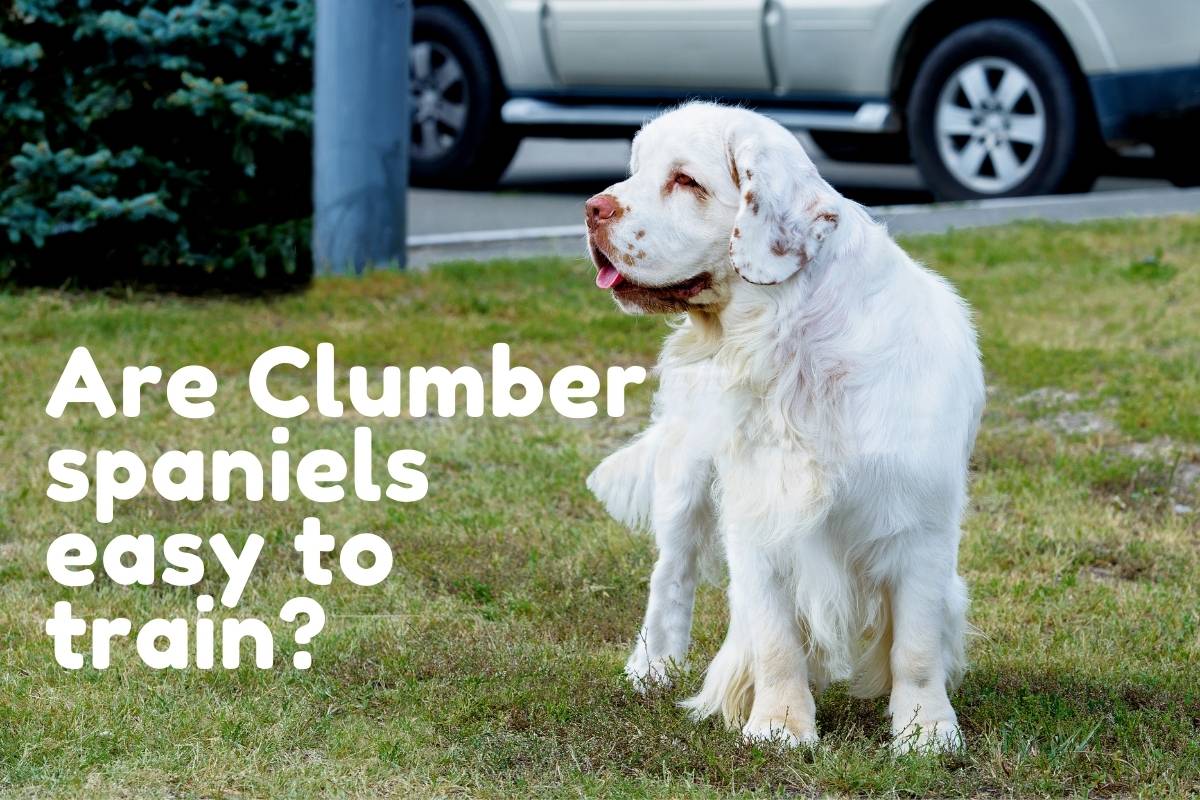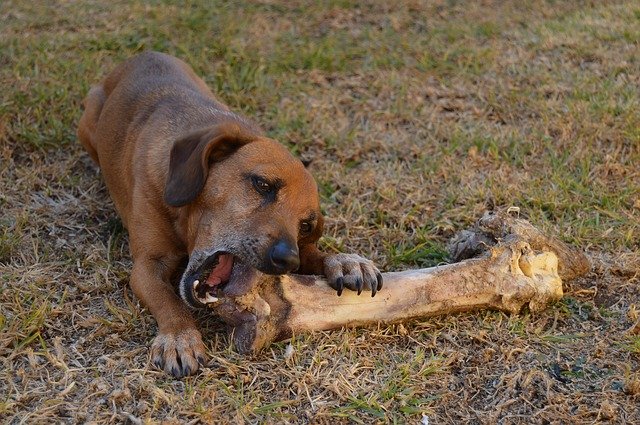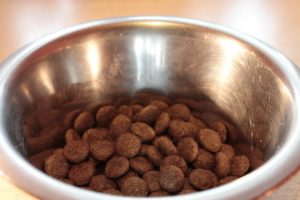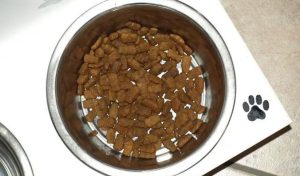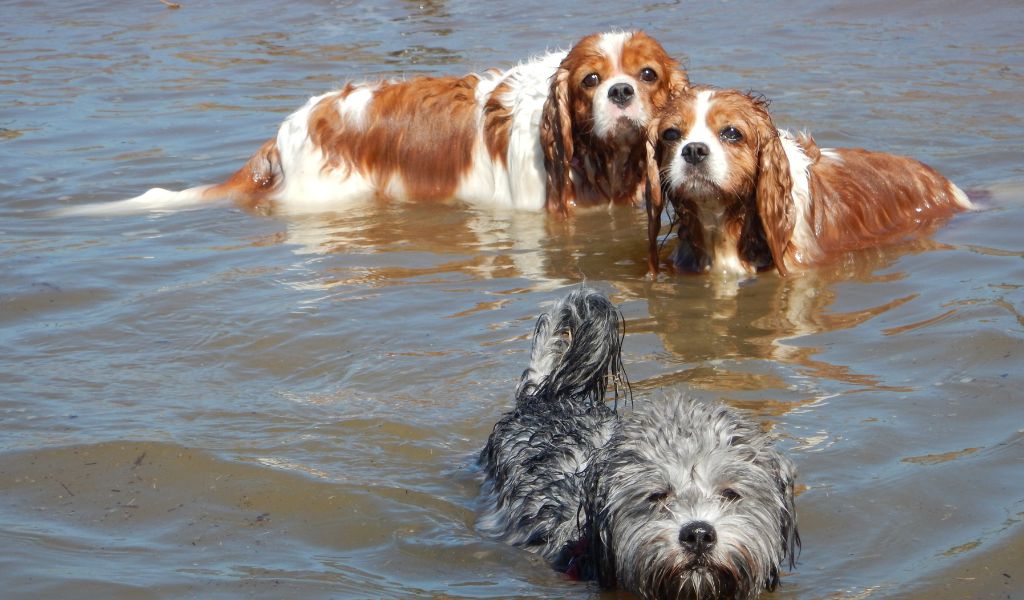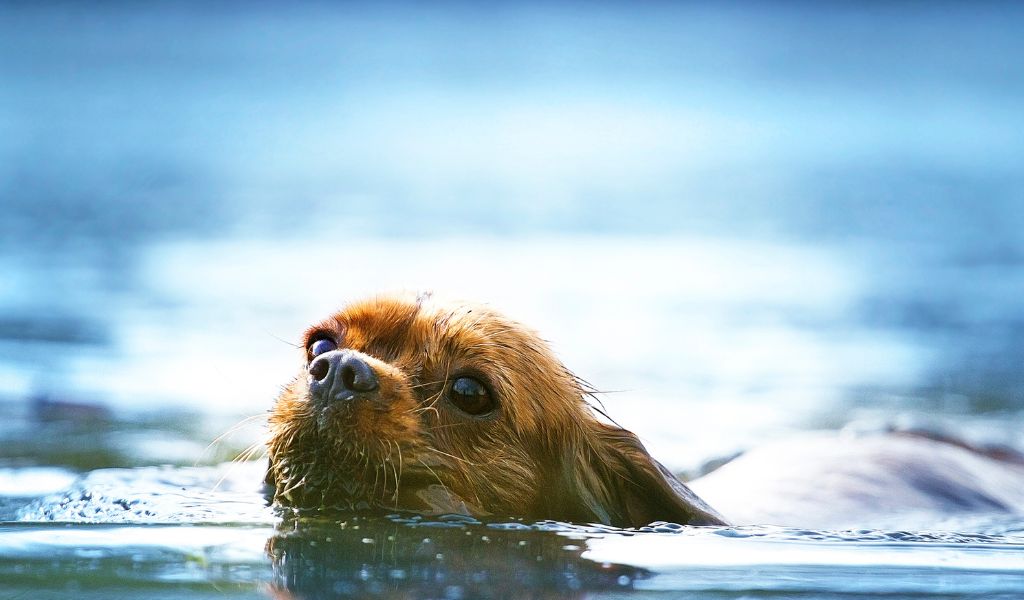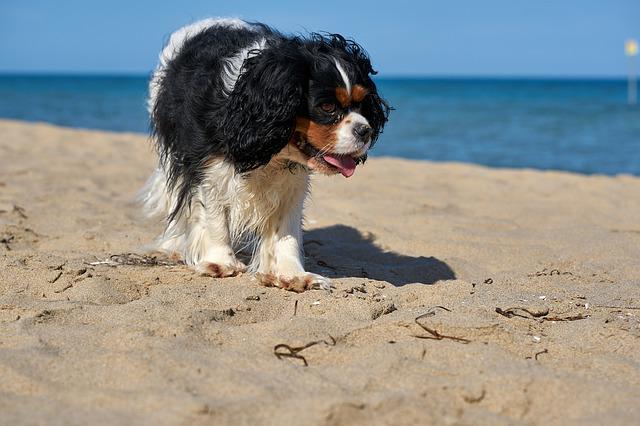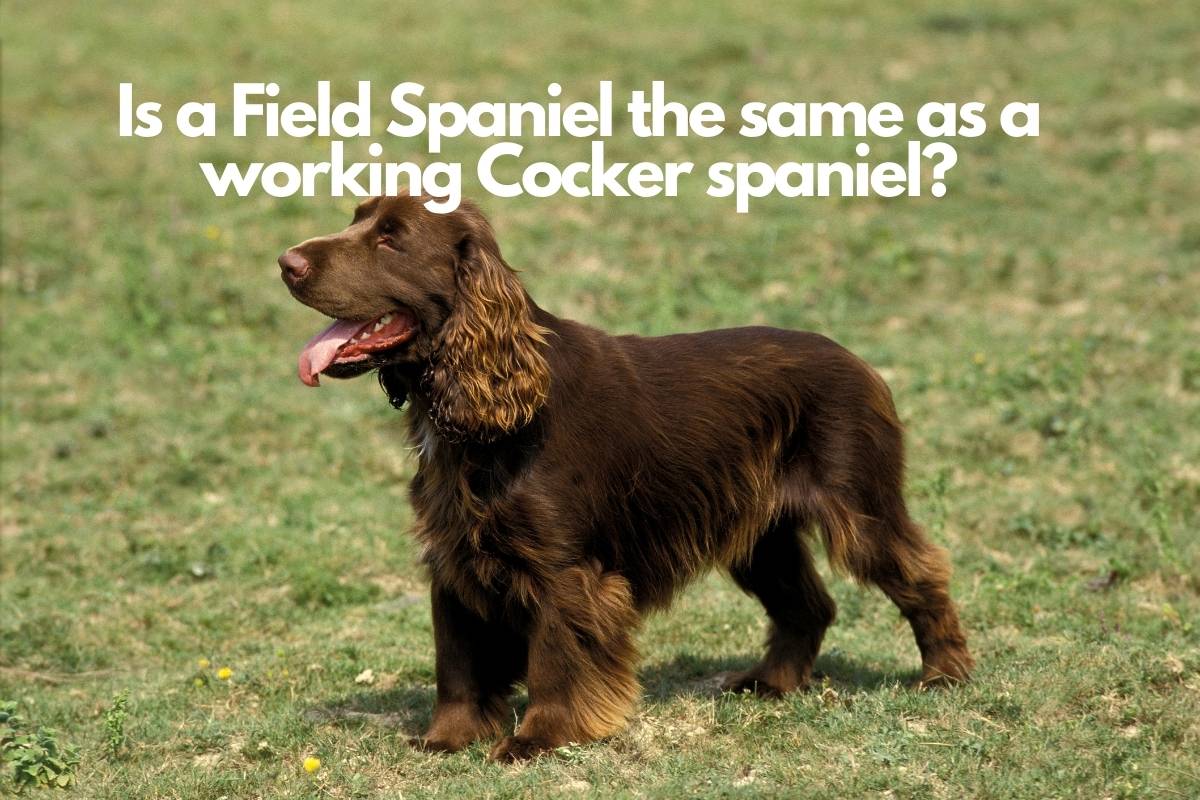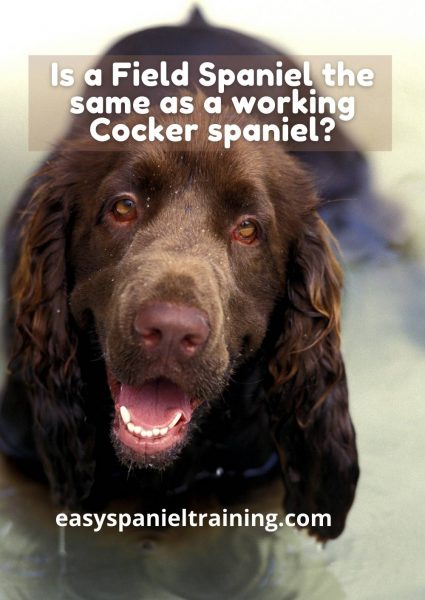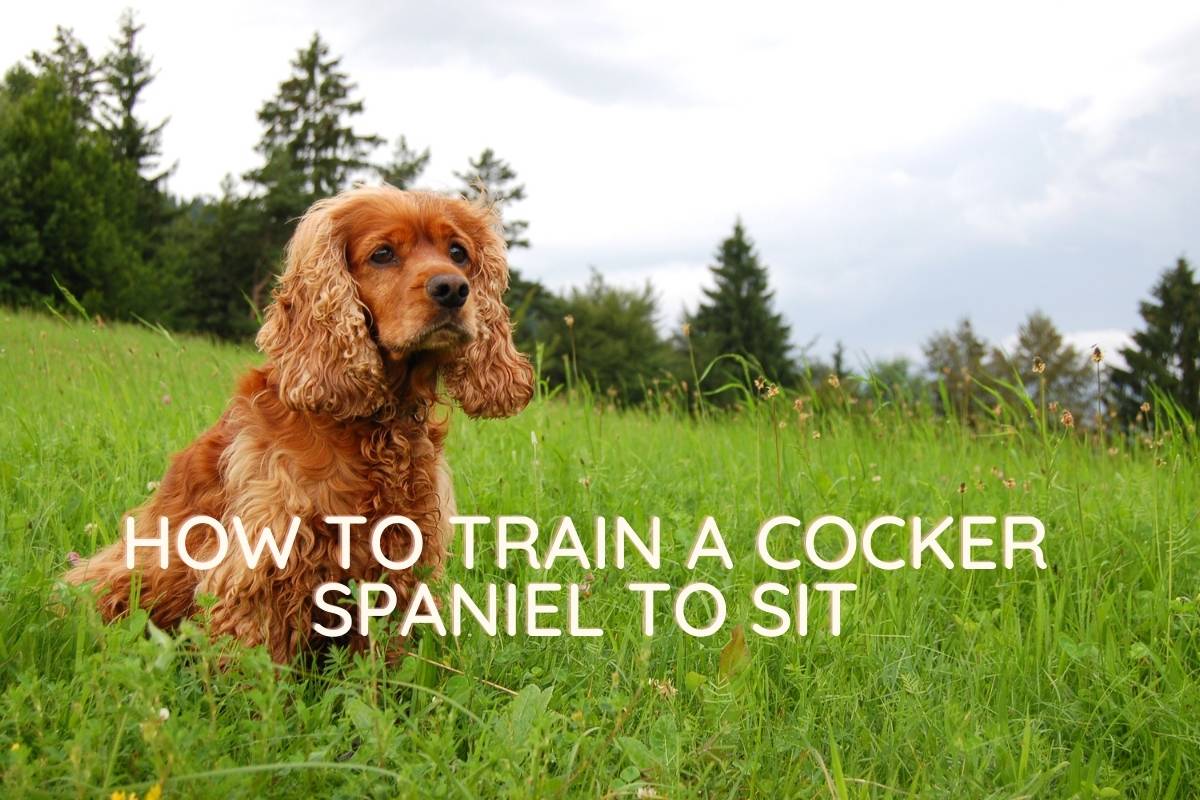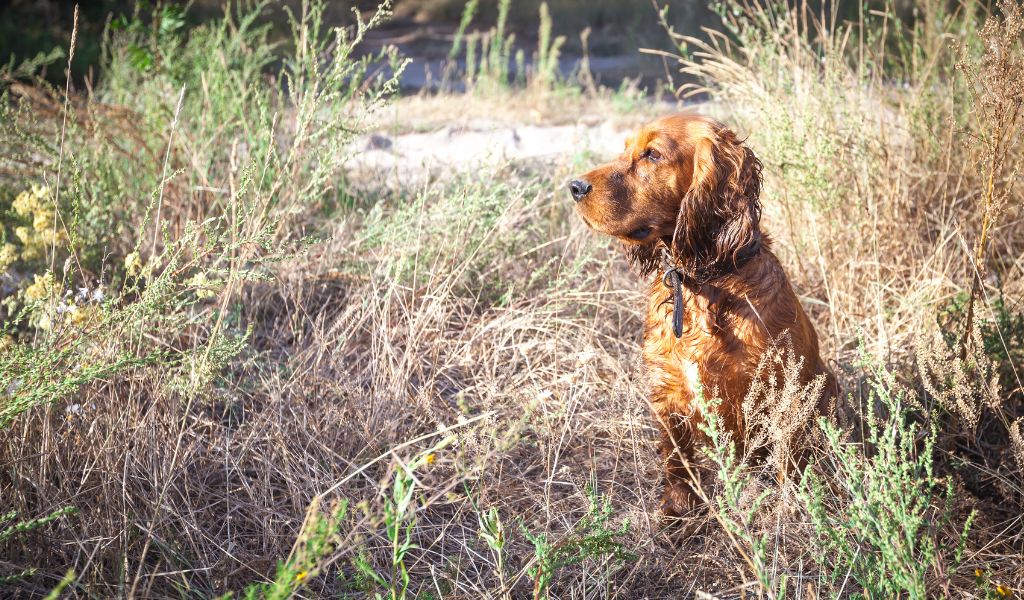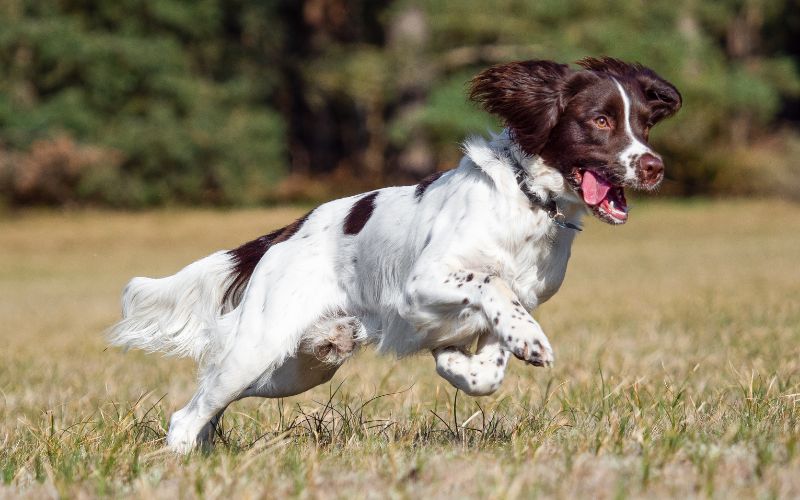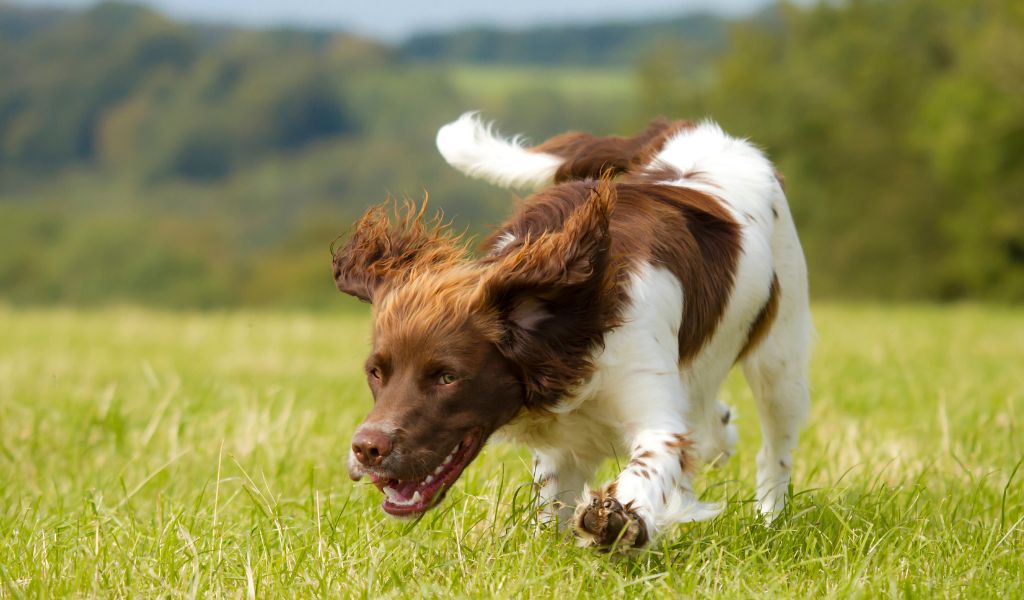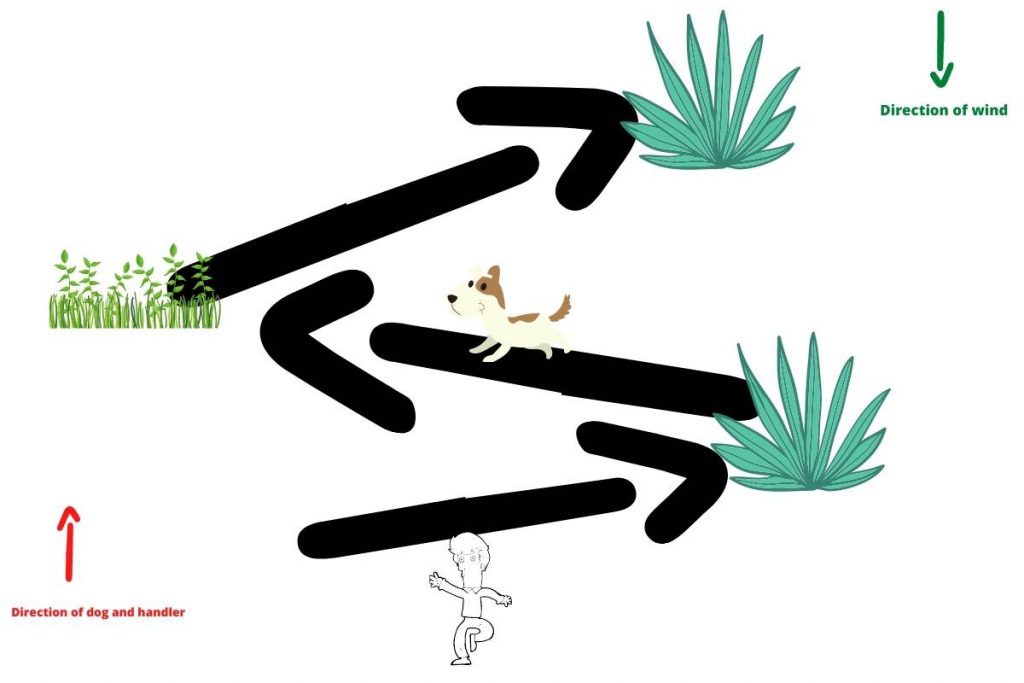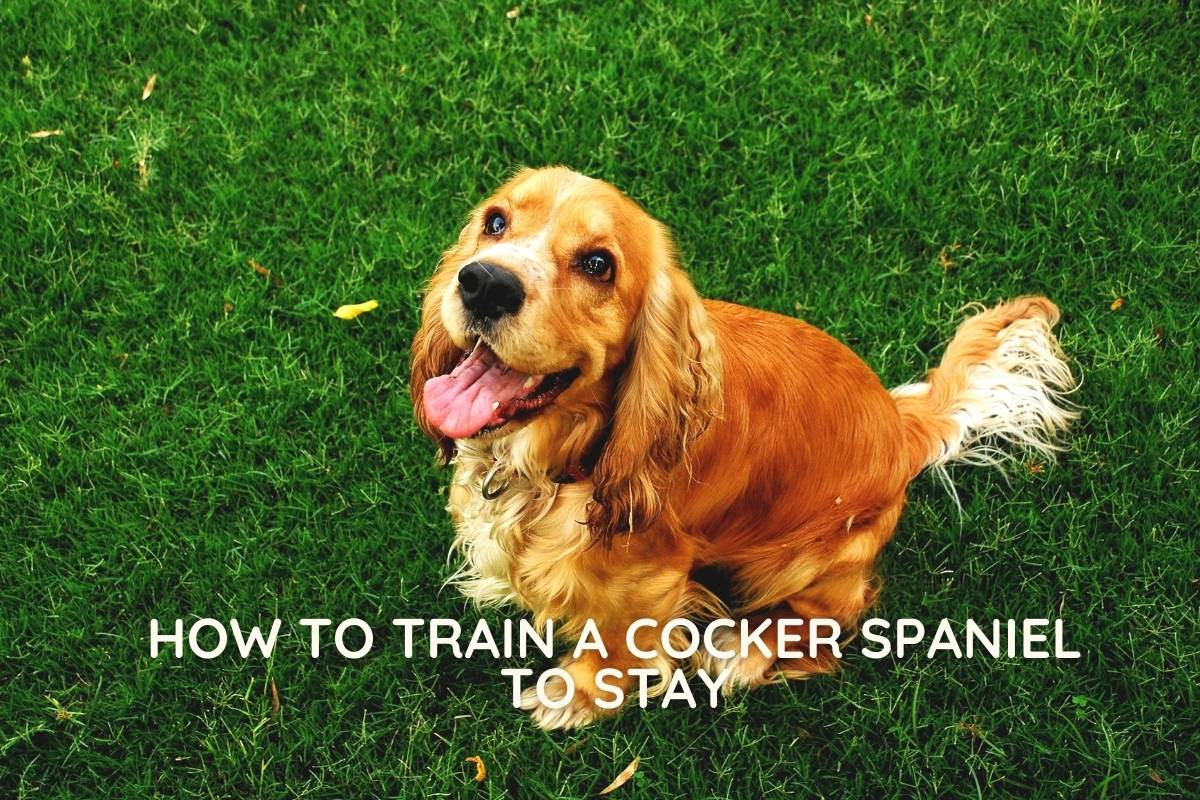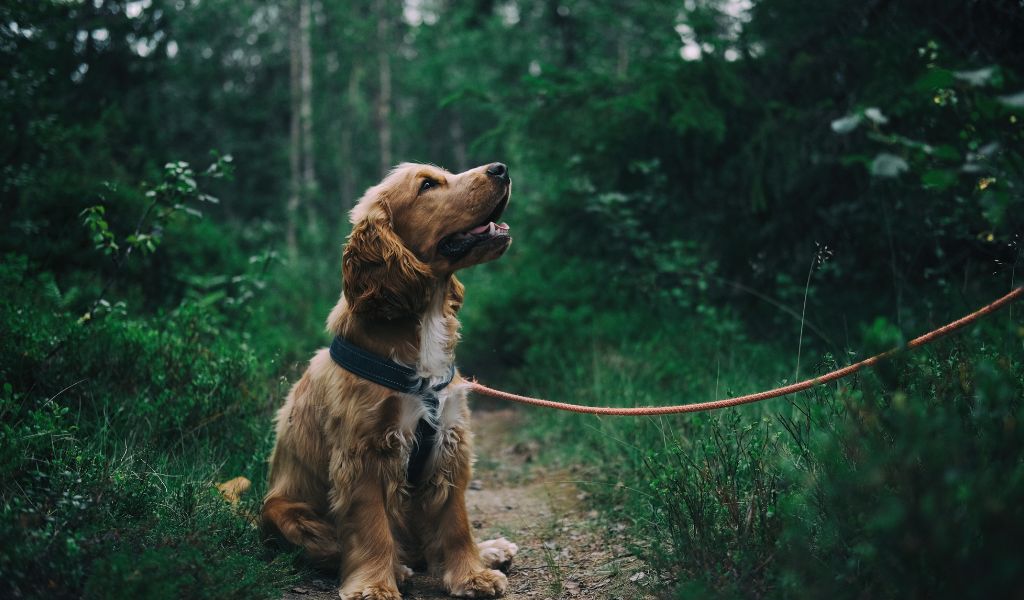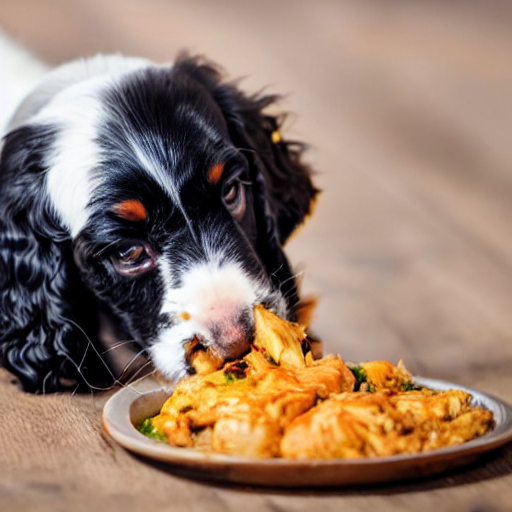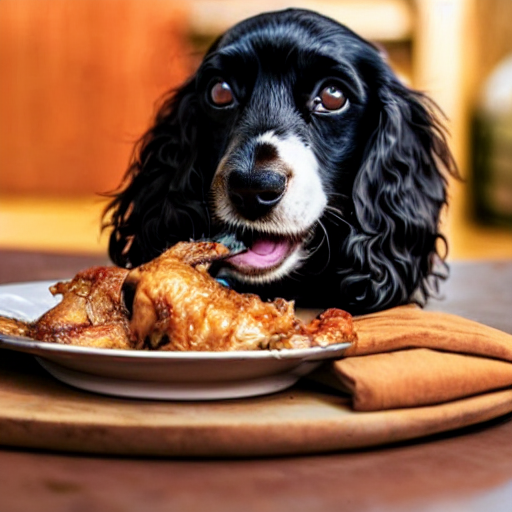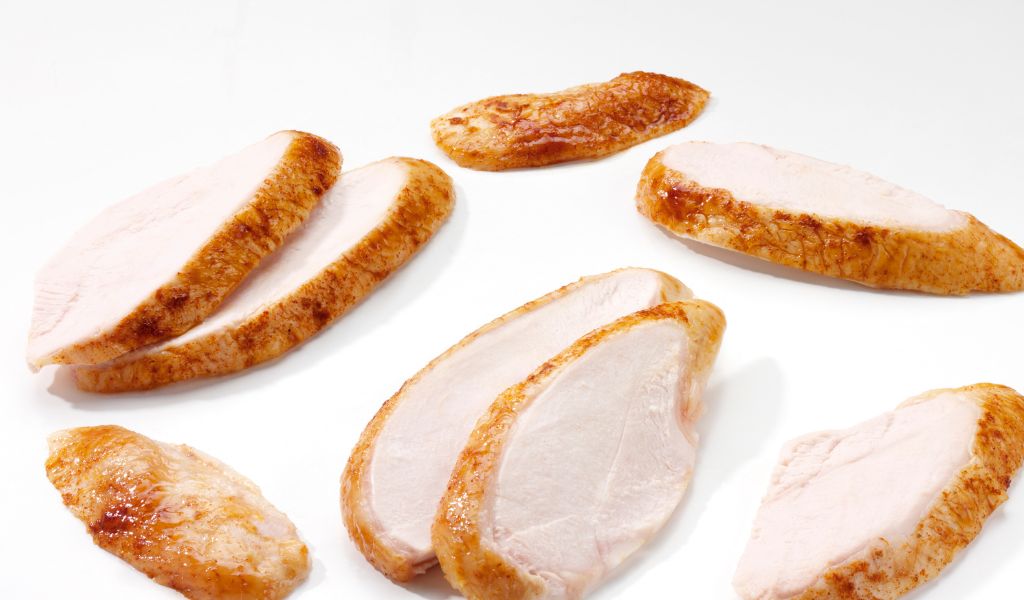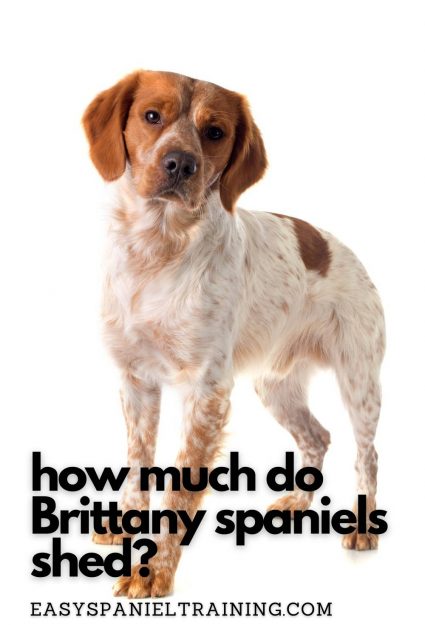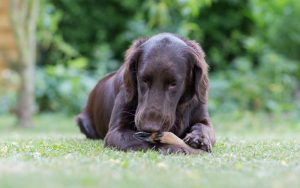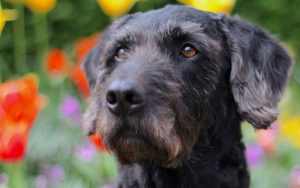The Clumber spaniel is an intelligent, easy going and loyal breed of spaniel.
They are great family dogs and have a laid back approach to life, enjoying the fine arts of outdoor life and indoor relaxation.
Originally bred for shooting and gundog work, the Clumber spaniel is a smart breed that enjoys training and is easy to train. Like the other spaniels, Clumbers are keen to please and enjoy activities with their owners. They can be sensitive dogs and they do not respond well to harsh or rough treatment. With careful treatment a Clumber can be trained to be an effective pet and working spaniel.
When to start training a Clumber spaniel
Basic training with a Clumber spaniel can begin as a puppy as soon as he has settled in at your home.
Although I use the word ‘training’, we are not really doing any formal training but, instead, trying to instill some good habits.
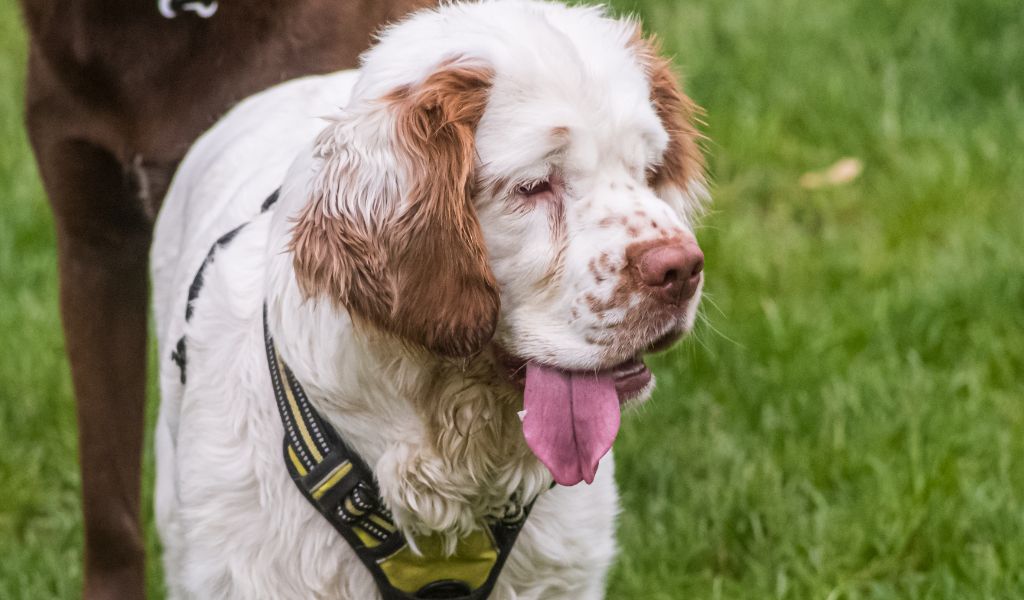
The main things to work on with a young Clumber spaniel puppy
Getting him to recognise and know his name – when you play tell him he is a good dog, use his name when you play and stroke him
Teaching your Clumber puppy to sit down – this is easy and is exactly the same technique that you will find in this article on ‘getting a spaniel puppy to sit’.
If you follow this technique then you will get really quick results – it also based on real, positive reinforcement and, unlike some ‘training’ does not use any force whatsoever.
Retrieving – this can be important and it is a good idea to get your Clumber used to picking things up when he is a puppy.
The best way is to get some rolled up socks and throw them for your puppy to run after.
Let him pick them up and carry them around, when he brings them to you, gently take them from him and tell him he is a good boy.
Never tell him off when he has something in his mouth, even if it is your Jimmy Choos.
Encourage him to come to you – play with your Clumber puppy and call his name, when he comes bounding up to you, play and tickle him.
Always be happy when he comes to you.
Can a Clumber spaniel be trained as a gun dog?
It is perfectly possible to train a Clumber spaniel as a working gun dog and the breed can be exceptional shooting dogs and workers.
Clumbers are strong and powerful spaniels that can get into the thickest of cover, they may not be as fast across the ground as an English Springer or Cocker spaniel, but, with the same levels of training, they can be just as thorough and effective as the other, more popular spaniel breeds.
One of the main difficulties when training a Clumber as a working spaniel, will be to find a suitable dog that has been bred from working parents.
For many years Clumbers have suffered as a breed through poor breeding practices among those interested in dog shows, and the breed has been bred for looks rather than working ability.
Thankfully there are those that are dedicated to restoring and maintaining the breed as an effective working spaniel and, if you are looking for a working Clumber then a good place to start the search would be with the Working Clumber Spaniel Society.
When to start basic training with a Clumber spaniel
In the majority of cases, basic training with any type of spaniel normally begins at around six months of age and this is also true of Clumbers.
Having said that it is important that you do not rush into training and take your time.
If your dog is sensitive then waiting a little longer for him to mature will not do him any harm at all.
Basic spaniel training is similar for all of the working spaniel breeds and I have an excellent article here that will get you and your Clumber started.
Are there any problems to be aware of when training a Clumber spaniel?
Probably the one main potential issue that you may face is that he is a dog with a personality.
Clumbers enjoy training and being outside but, like many of the other spaniels, they also enjoy their creature comforts and the Clumber tends to enjoy them the most.
At times they can be stubborn and can appear to be uncooperative.
If this occurs during your training sessions and your dog seems uninterested, then take some time off from training, do something that he is good at to end the session, take him home and have a break from training.
He is probably just having a bad day and best not to make it worse by persevering with training that is ‘not working’.
[amazon box=”1911142747″ template=”horizontal” description=”Best selling and recommended reading for all Clumber Spaniel owners “]
Can Clumber spaniels be trained for other activities?
Clumber spaniels are no different to the other spaniels in the variety of things that they can be trained for.
One aspect of a spaniel is that he has an excellent nose and a drive to hunt and this is very true of Clumbers.
Spaniels are trained and used widely for a variety of tasks including law enforcement and detection and I am sure that Clumbers would be suitable too.
More common areas where you may see Clumbers would be at:
Dog shows – Many people enjoy dog shows and Clumber spaniels often feature at these events.
Sadly Clumber spaniels are one of many dog breeds that have suffered at the hands of show breeders, many of whom have bred animals with hereditary defects that have impacted the ability and quality of the breed.
Obedience competitions – are other areas where Clumbers can be found, performing various tasks on command to the clock.
The real purpose of Clumbers is to hunt, flush and retrieve – if you are looking to train a Clumber spaniel then I recommend that you take this route – even if you don’t shoot you can replicate the conditions with dummies and other items.
What training methods work best for Clumber Spaniels?
Are Clumber Spaniels suitable for novice dog owners?
What are common training challenges specific to Clumber Spaniels?
Conclusion and final thoughts
Clumbers love training and as intelligent and biddable dogs they pick up new skills easily.
Begin early and introduce your Clumber spaniel to good habits when he is young for best results.
More formal training can begin when he reaches adulthood when you can begin more advanced exercises.
If you can train your Clumber to be a working gundog and support this great working spaniel breed.
